What Is Creole Food? A Flavorful Journey Through Global Spice Traditions
Table of Contents
Introduction to Creole Food
Creole food is more than just a meal—it's a story, a tradition, and a celebration of flavor. If you've ever tasted gumbo or jambalaya and wondered, 'What is Creole food?', you're not alone. This rich culinary tradition has roots that stretch across continents and cultures, blending African, European, and Indigenous influences into something uniquely delicious.
In this article, we’ll explore what makes Creole food special, dive into its history, and give you practical tips on how to bring those flavors into your own kitchen. Whether you're a seasoned cook or a curious foodie, this guide will help you unlock the secrets of Creole cuisine.
The History Behind Creole Cuisine
The term 'Creole' refers to people of mixed heritage, particularly in regions like Louisiana, where French, Spanish, African, and Native American cultures intertwined. This cultural melting pot gave rise to a distinctive culinary identity known as Creole food.
Creole cooking emerged from the Caribbean, especially in places like Haiti and Jamaica, before making its way to New Orleans. The arrival of enslaved Africans brought with them spices and cooking techniques that became integral to the local cuisine. Over time, Creole food evolved, incorporating ingredients like okra, cayenne pepper, and tomatoes—some of which were previously unknown in the region.
Today, Creole food is synonymous with bold flavors, complex spice blends, and hearty dishes that reflect its diverse origins. It’s also closely related to Cajun cuisine, though they are not exactly the same. While Cajun food tends to be simpler and more rustic, Creole food often features more refined techniques and a wider variety of ingredients.
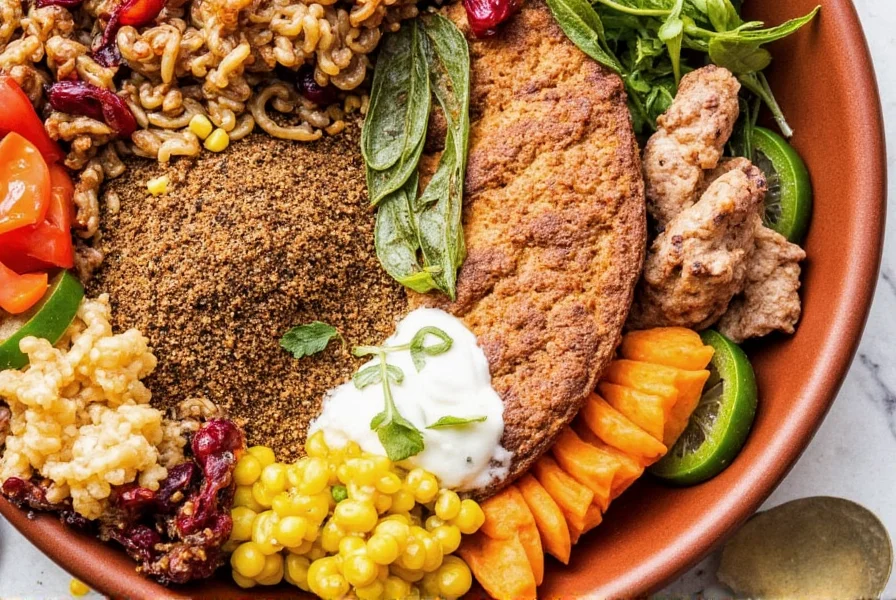
Key Ingredients in Creole Cooking
Creole cuisine relies on a few staple ingredients that form the backbone of its signature flavors. Here are some of the most important ones:
- Okra: Often used in gumbo, okra adds a unique texture and natural thickening power.
- Cayenne Pepper: A must-have for that fiery kick in many Creole dishes.
- Tomatoes: Used in sauces, stews, and soups, tomatoes add acidity and depth.
- Shrimp and Crawfish: These seafood staples are central to many Creole recipes.
- Roux: A mixture of flour and fat (usually butter or oil), roux is the base for many Creole sauces and gravies.
These ingredients, when combined with a careful balance of spices, create the vibrant and aromatic flavors that define Creole food.
Spice Comparison: Creole vs. Other Cuisines
One of the most intriguing aspects of Creole food is its use of spices. To better understand what makes Creole food unique, let's compare it to other global spice traditions:
| Cuisine | Signature Spices | Flavor Profile |
|---|---|---|
| Creole | Cayenne, paprika, garlic, thyme, oregano | Bold, smoky, slightly spicy |
| Mexican | Cumin, chili powder, coriander, chipotle | Earthy, smoky, spicy |
| Indian | Turmeric, garam masala, cardamom, cumin | Warm, aromatic, complex |
| Thai | Ginger, lemongrass, chili, kaffir lime | Pungent, sweet, sour, spicy |
| Italian | Oregano, basil, garlic, olive oil | Herby, savory, simple |
This comparison shows that while each cuisine has its own unique spice profile, Creole food stands out for its balance of heat, aroma, and richness.
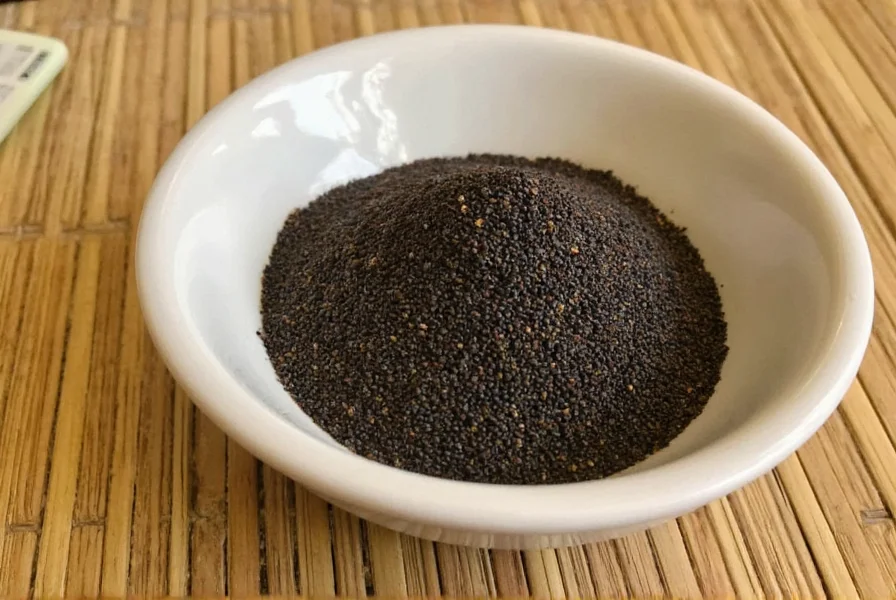
Must-Try Creole Dishes
If you're asking, 'What is Creole food?', the answer lies in its iconic dishes. Here are a few must-try Creole favorites:
- Gumbo: A thick stew made with a rich roux, vegetables, and either shellfish or chicken. It's often served over rice.
- Jambalaya: A one-pot dish featuring rice, meat (like chicken or sausage), and a mix of vegetables and spices.
- Shrimp and Grits: A classic Southern dish with creamy grits and sautéed shrimp in a spicy sauce.
- Etouffee: A stew-like dish made with crawfish, shrimp, or chicken in a spicy tomato-based sauce.
- Boudin: A type of sausage made with pork, rice, and seasonings, often enjoyed at festivals or as a snack.
Each of these dishes showcases the heart of Creole cuisine—flavorful, hearty, and deeply rooted in tradition.
Cooking Tips for Authentic Creole Flavors
Creating authentic Creole food requires more than just the right ingredients—it also takes technique and attention to detail. Here are some tips to help you get started:
- Master the Roux: A good roux is the foundation of many Creole dishes. Start with equal parts flour and fat, and cook it slowly until it reaches the desired color.
- Use Fresh Herbs: Fresh thyme, oregano, and bay leaves can make a big difference in your Creole dishes.
- Layer the Flavors: Creole cooking is all about building layers of flavor. Start with aromatics like onions and garlic, then add spices and liquids gradually.
- Don’t Rush the Process: Many Creole dishes require slow cooking to develop their full flavor. Be patient and let the ingredients mingle.
By following these tips, you'll be well on your way to creating meals that taste like they came straight from the heart of New Orleans.
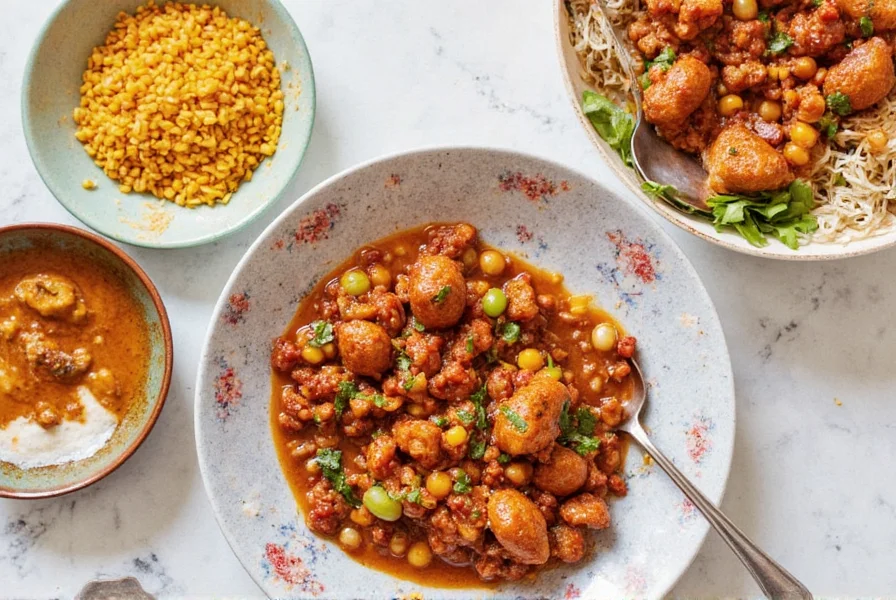
Buying Guide: Essential Spices and Tools
If you're serious about exploring Creole food, having the right tools and spices is essential. Here's a quick guide to help you stock your kitchen:
Essential Spices
- Cayenne Pepper: Adds heat and depth to any Creole dish.
- Paprika: Provides a smoky, sweet undertone.
- Garlic Powder: A convenient alternative to fresh garlic.
- Thyme: One of the key herbs in Creole seasoning.
- Oregano: Adds a robust, earthy flavor.
Recommended Tools
- Cast Iron Skillet: Perfect for making roux and searing meats.
- Wooden Spoon: Ideal for stirring thick sauces and stews.
- Slow Cooker: Great for simmering gumbo or etouffee overnight.
- Measuring Spoons and Cups: Ensures precise seasoning and ingredient ratios.
Whether you're a beginner or an experienced cook, these tools and spices will help you recreate the essence of Creole food in your own home.
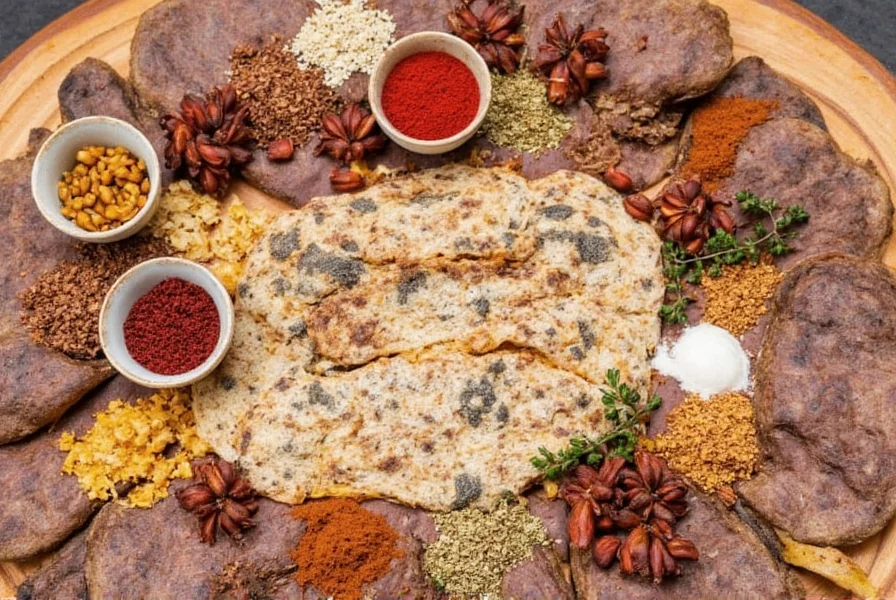
Conclusion
In summary, what is Creole food? It’s a vibrant, flavorful cuisine that tells the story of cultural fusion and culinary artistry. From its rich history to its bold use of spices, Creole food offers a unique and unforgettable experience for anyone who loves good food.
Whether you're trying to replicate a traditional Creole recipe or simply want to explore new flavors, there's something here for every food lover. With the right ingredients, techniques, and a little bit of passion, you can bring the spirit of Creole cooking into your kitchen.


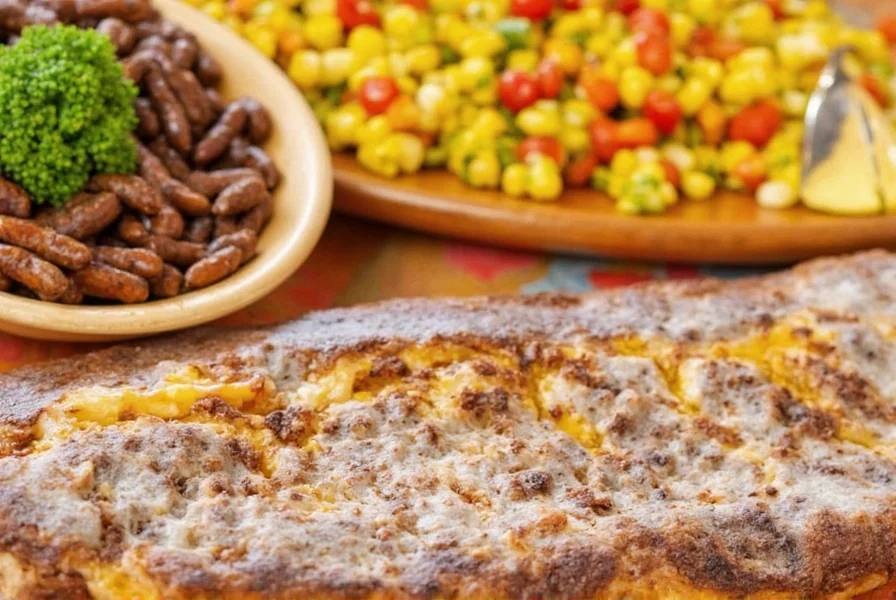









 浙公网安备
33010002000092号
浙公网安备
33010002000092号 浙B2-20120091-4
浙B2-20120091-4